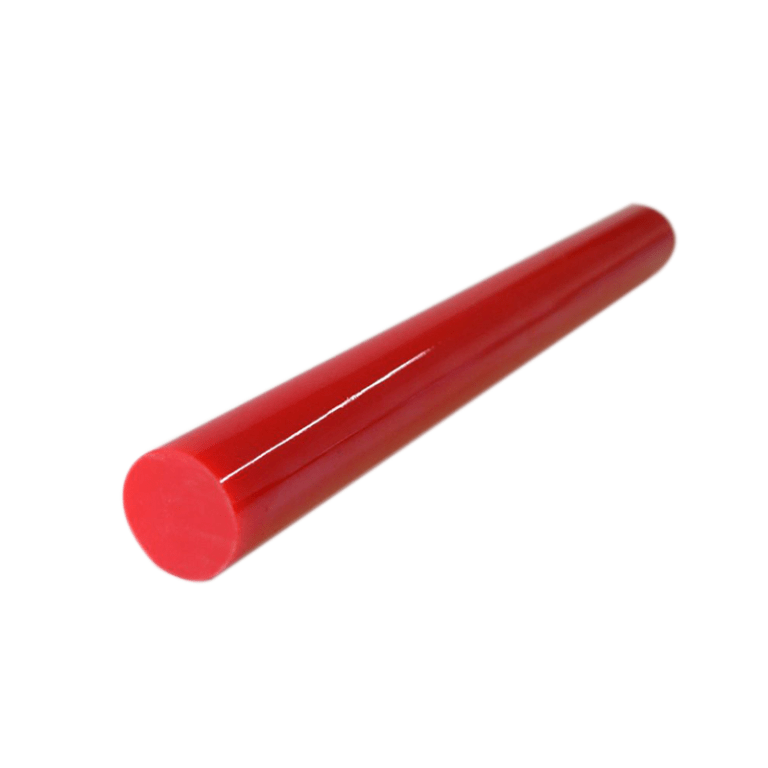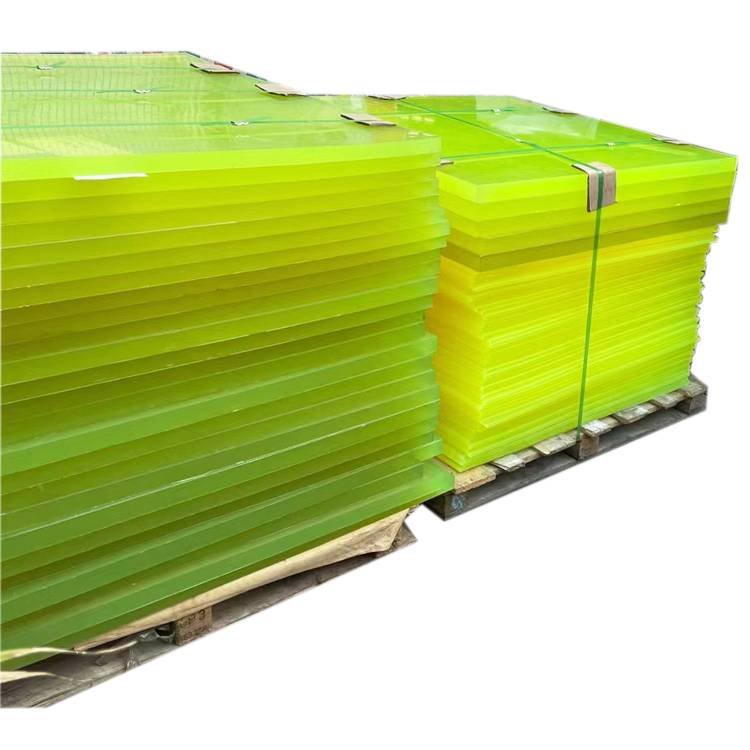Thermoplastic Polyurethane (TPU) belts have revolutionized various industries with their durability, flexibility, and superior performance. As technology advances, the demand for high-performance conveyor belts continues to grow, driving innovations in TPU belt manufacturing. From sustainability initiatives to smart conveyor systems, the future of TPU belts is shaped by emerging trends that improve efficiency, durability, and environmental impact.
Key Trends Shaping the Future of TPU Belts
1. Sustainability and Eco-Friendly Materials
As industries focus on reducing their carbon footprint, TPU belts are becoming more sustainable. Manufacturers are developing recyclable TPU materials and using eco-friendly production methods to minimize waste. The shift towards biodegradable TPU formulations is also gaining traction, offering an environmentally responsible alternative to traditional rubber and PVC belts.
2. Smart Conveyor Belt Technology
The integration of smart technology into conveyor belts is transforming industrial automation. TPU belts embedded with sensors can monitor temperature, wear, and load capacity in real time. This data allows predictive maintenance, reducing downtime and improving operational efficiency. As Industry 4.0 advances, TPU belts will play a crucial role in connected and automated manufacturing environments.
3. Enhanced Wear and Chemical Resistance
Continuous improvements in TPU formulations are leading to belts with higher resistance to abrasion, chemicals, and extreme temperatures. These advancements are particularly beneficial for industries such as food processing, pharmaceuticals, and heavy-duty manufacturing, where belts must withstand harsh operating conditions.
4. Customization for Industry-Specific Needs
The future of TPU belts lies in customization. Manufacturers are offering industry-specific TPU belt solutions tailored to different applications, such as high-grip surfaces for logistics, anti-static coatings for electronics, and antimicrobial properties for food processing. This trend allows businesses to optimize their conveyor systems for maximum performance and efficiency.
5. Lightweight and Energy-Efficient Designs
With a growing emphasis on energy efficiency, TPU belts are being engineered to be lighter while maintaining strength and durability. These lightweight belts reduce energy consumption in conveyor systems, leading to lower operational costs and improved sustainability.

Innovations to Watch
- 3D-Printed TPU Belts – Additive manufacturing is enabling the production of highly customized TPU belts with complex designs and optimized properties.
- Hybrid TPU Composites – Combining TPU with other advanced materials can enhance belt strength, flexibility, and longevity.
- Self-Healing TPU – Research is being conducted on TPU materials that can repair minor wear and tear, extending belt lifespan.
Conclusion
The future of TPU belts is driven by advancements in material science, sustainability, and smart technology. As industries continue to demand more efficient, durable, and eco-friendly solutions, TPU belts will evolve to meet these challenges.
At PENGDE NEW MATERIAL TECHNOLOGY CO., LTD, we are at the forefront of TPU belt innovation, providing high-performance solutions for a wide range of industries. Contact us at pengde2@pengde-pu.com to learn more about our latest TPU belt technologies and how they can benefit your business.


